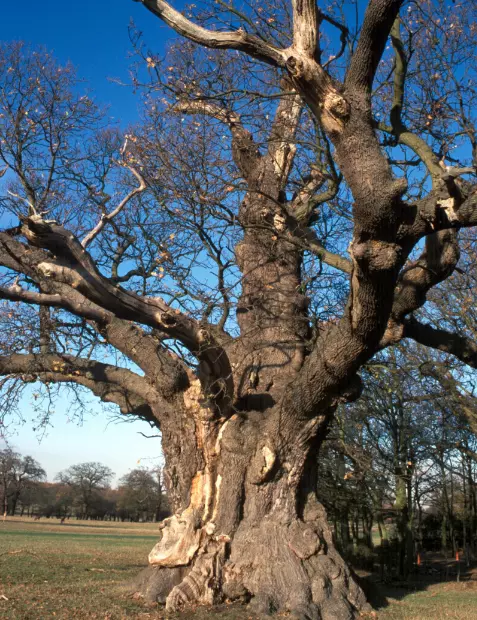Guardians of Time: Why Ancient Trees Deserve Urgent Protection
From California's sequoias to India’s sacred groves, ancient trees are vital climate allies, cultural icons, and biodiversity strongholds — yet they’re vanishing fast.

From California’s mighty sequoias to India’s sacred groves, ancient trees are more than just towering plants — they are living ecosystems, silent storytellers, and vital allies in the fight against climate change. In southern California, some of the world’s oldest giant sequoias still stand, their leaves outnumbering the population of entire nations, and roots tracing back to eras before Aristotle. In Washington State’s Hoh Rainforest, ancient spruces and hemlocks have survived since the 1500s — natural monuments to time and resilience.
Yet these old-growth trees, often called Megaflora or Elderflora, face an uncertain future. Increasing climate change and unchecked human activity are putting their survival at risk. Across the globe, from Brazil and Indonesia to the US, these silent giants are being felled for short-term profit — turned into items as disposable as cardboard boxes and chopsticks.
India’s Forgotten Forest Guardians
India is home to many ancient trees hidden in sacred groves, temple lands, and remote forests. In Meghalaya, the Mawphlang sacred groves are protected by local communities. In Tamil Nadu and Maharashtra, 500-year-old banyan and peepal trees still stand. The Great Banyan Tree in Kolkata’s Botanical Garden, over 250 years old, spans more than four acres.
In the Himalayan regions of Uttarakhand and Himachal, centuries-old deodars are preserved in Dev Vans (sacred groves). Rajasthan’s Orans continue this tradition, conserving trees through community faith rather than legal protections.
But today, many of these trees face threats from infrastructure projects, tourism, mining, and changing weather patterns. Too often, mature trees are seen as obstacles to development rather than irreplaceable natural and cultural treasures.
Why Ancient Trees Matter
These trees are critical in regulating Earth’s climate. A U.S. study revealed that just 3% of the largest trees in a forest can store up to 42% of the forest’s carbon. They also provide habitats for thousands of species — insects, birds, mammals, fungi — creating intricate ecosystems that younger forests cannot replicate.
Perhaps most fascinating is the discovery of how trees communicate underground through fungal networks, dubbed the “Wood Wide Web.” Ancient “Mother Trees” share nutrients and wisdom with younger trees, maintaining forest health and stability.
Fires, Floods, and Falling Titans
Despite their resilience, even the world’s most enduring trees are struggling. Wildfires in California have destroyed thousands of giant sequoias. In South America, droughts have felled millennia-old baobabs. Lebanon’s ancient cedars are dwindling as temperatures rise.
India, too, is vulnerable. Flash floods in the Himalayas, heatwaves in central India, and rampant encroachment have damaged or destroyed ancient trees. The tragedy is that a tree taking centuries to grow can be lost in hours — and cannot be replaced for generations.
Preserving Our Living Heritage
These trees are cultural touchstones. For generations, they have inspired folklore, community gatherings, and spiritual reverence. Losing them is not just an environmental blow — it’s a loss of memory, identity, and connection. As environmentalist Meg Lowman once said, “Forests are like the eighth continent,” home to unseen wonders. Burning them for profit is like setting an ancient library ablaze.
In 2022, U.S. President Joe Biden signed an executive order to begin the first national inventory of ancient forests. Over 130 scientists supported the move, emphasizing their role in cooling Earth, protecting endangered species, and safeguarding water sources.
India needs to follow suit. Mapping, protecting, and integrating ancient tree conservation into policy — supported by local traditions and scientific insight — is urgent. These trees are not mere timber. They are timekeepers, protectors, and witnesses to our shared history.
If we wish to leave a thriving planet for future generations, saving these ancient guardians must become a national priority — not just an environmental goal, but a cultural one.
Written by Hariom, University of Hyderabad, Intern

